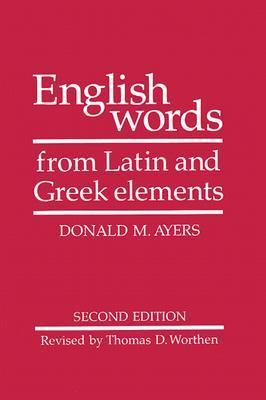What do you think?
Rate this book


290 pages, Paperback
First published January 1, 1965
The middle class, who exploited and settled the territories opened up by the British explorers, pirates, and navy, did not belong to the aristocracy which spoke the London dialect. Hence New England was settled largely by speakers of the East Anglian dialect. Social struggles between the two dialect groups were an instrumental cause of the American Revolution and may have contributed to the radical shift in the pronunciation of English in modern times.” (p. 11)